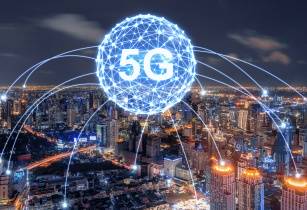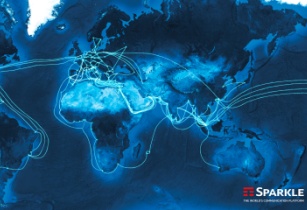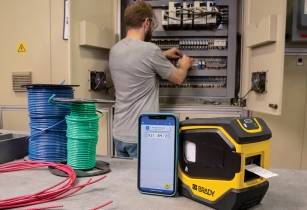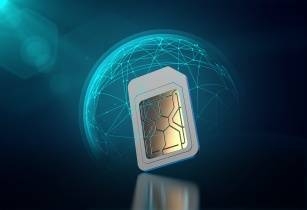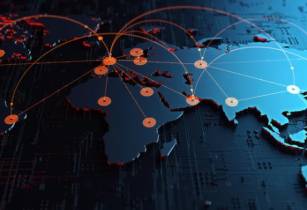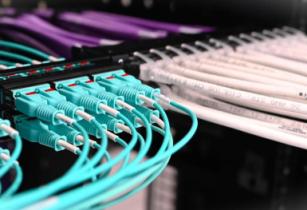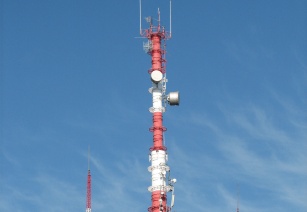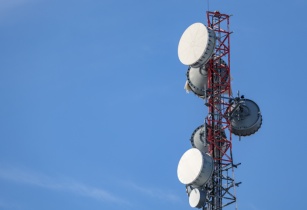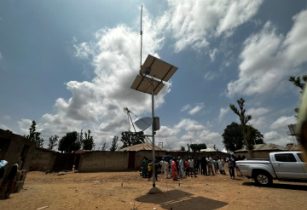Frost & Sullivan’s recent analysis finds that by 2030, there will be a complex global network of 200bn devices, with more than 20 connected devices per human
As the Internet of Things landscape is expected to progressively expand beyond the traditional network in use, there will be an increase in the complexity of privacy and cybersecurity challenges.
Consequently, the market will experience deeper synergies among data protection, security, privacy, and public good as more international frameworks are developed to govern the Internet.
Vinay Venkatesan, visionary innovation research consultant, said, “Artificial Intelligence (AI) will emerge as the new frontier of privacy and cybersecurity as enterprises explore new opportunities and train a capable workforce to identify critical threats, respond faster to breaches, and learn from them.
“In addition to AI, data de-identification, advanced authentication and encryption, biometrics, blockchain, automation, and quantum computing also will have the potential to transform privacy and cybersecurity.”
“There will be more than 26 smart cities by 2025, most of them in North America and Europe. Additionally, boundaries between work and home continue to blur, as we’re experiencing right now. This means every connected device in a smart home, enterprise or city will be a potential access point to our most sensitive and personal data, making mass non-consensual data collection feasible and cybersecurity all the more vital,” Venkatesan added.
Analysing for Middle East, Saurabh Verma, head, ICT Practice, Middle East, said, “Future cyberattacks will be increasingly targeted to disrupt critical national infrastructure. UAE, Saudi Arabia, and other regional countries have witnessed a sharp increase in the frequency of cyberattack attempts on their national critical assets over the years.
“Additionally, the convergence between IT and OT has added more complexities in managing IT security. To mitigate this, governments will have to continue to invest in IT security appliances and applications to manage national assets as ‘public good’ wherein costs and benefits are shared by all citizens to secure national assets.”






